Home>Technology>Smart Home Devices>How To Connect A SIM Card To A Wi-Fi Router
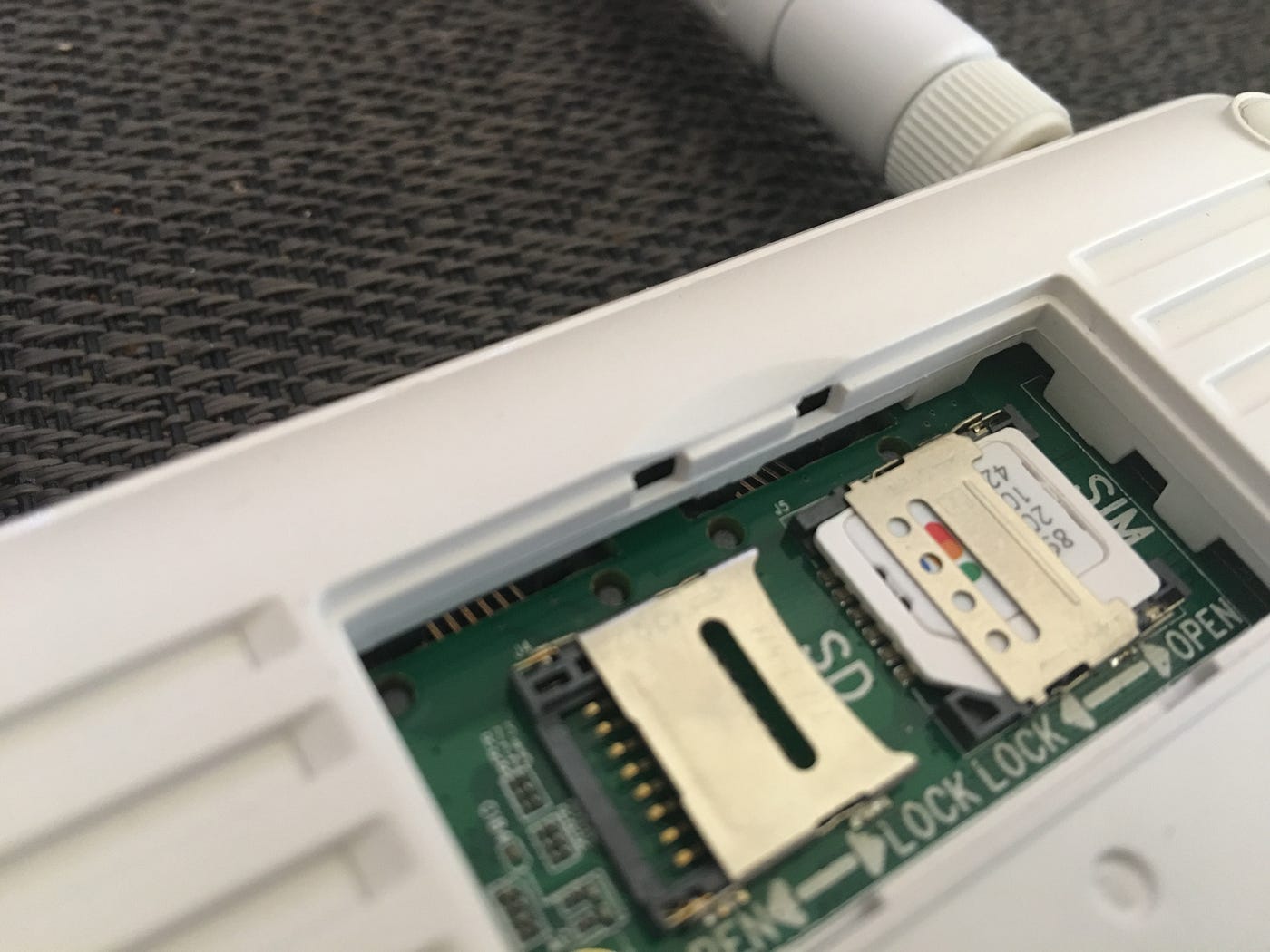

Smart Home Devices
How To Connect A SIM Card To A Wi-Fi Router
Modified: January 4, 2024
Learn how to easily connect a SIM card to a Wi-Fi router for seamless integration with your smart home devices. Streamline your home network setup today!
(Many of the links in this article redirect to a specific reviewed product. Your purchase of these products through affiliate links helps to generate commission for Storables.com, at no extra cost. Learn more)
**
Introduction
**
In today's fast-paced world, the demand for seamless connectivity is at an all-time high. Whether it's for work, entertainment, or staying in touch with loved ones, having a reliable internet connection is non-negotiable. While traditional broadband connections have been the go-to option for many households, the rise of smart home devices and the need for on-the-go connectivity has sparked interest in alternative solutions. One such solution that has gained traction is the use of a SIM card in a Wi-Fi router.
The concept is simple yet powerful: by inserting a SIM card into a Wi-Fi router, users can enjoy internet connectivity without being tethered to a fixed location. This setup is particularly appealing for those who require flexibility in their internet access, such as frequent travelers, remote workers, and individuals living in areas with limited traditional broadband options.
In this comprehensive guide, we will delve into the intricacies of connecting a SIM card to a Wi-Fi router. From understanding the components involved to navigating the setup process and troubleshooting common issues, this article aims to equip readers with the knowledge and confidence to harness the full potential of this innovative connectivity solution.
So, whether you're a tech enthusiast looking to explore new possibilities or someone seeking a reliable internet option that aligns with your dynamic lifestyle, join us as we unravel the steps to seamlessly connect a SIM card to a Wi-Fi router. Let's embark on this journey to unlock the power of wireless connectivity, untethered by conventional limitations.
Key Takeaways:
- You can connect a SIM card to a Wi-Fi router for on-the-go internet access, perfect for travelers and those in areas with limited broadband options.
- By following simple steps, you can troubleshoot common issues and enjoy seamless connectivity, untethered by traditional limitations.
Read more: How To Connect Antenna To Wi-Fi Router
Understanding the SIM Card and Wi-Fi Router
Before delving into the process of connecting a SIM card to a Wi-Fi router, it’s essential to grasp the fundamental roles of these two components in the realm of wireless connectivity.
The SIM Card:
A Subscriber Identity Module (SIM) card is a small, portable memory chip that plays a pivotal role in facilitating cellular communication. It is most commonly associated with mobile phones, where it serves as the unique identifier of a subscriber within a mobile network. However, its utility extends beyond smartphones, as it can also be utilized to enable internet connectivity in devices such as tablets, portable hotspots, and Wi-Fi routers.
Each SIM card is associated with a specific mobile network provider and contains crucial information, including the subscriber’s unique identification, authentication key, and the details of the mobile network to which it is linked. This information enables the SIM card to establish a secure connection with the mobile network, granting the user access to voice, messaging, and data services.
The Wi-Fi Router:
A Wi-Fi router, also known as a wireless router, serves as the central hub for distributing internet connectivity within a localized area. It receives data from the internet service provider (ISP) via a wired connection, such as a cable or DSL modem, and transmits the data wirelessly to compatible devices within its coverage area.
Wi-Fi routers are equipped with internal antennas and radio transceivers that enable them to create a Wi-Fi network, allowing devices such as smartphones, laptops, smart home devices, and more to connect and access the internet without the need for physical cables. They also often feature Ethernet ports for wired connections and advanced features like dual-band or tri-band functionality for improved wireless performance.
By understanding the distinct functions of the SIM card and Wi-Fi router, users can appreciate how the fusion of these two components unlocks the potential for portable, versatile internet connectivity. With this foundational knowledge in place, let’s proceed to explore the steps involved in connecting a SIM card to a Wi-Fi router, empowering users to harness the benefits of this innovative setup.
Steps to Connect a SIM Card to a Wi-Fi Router
Now that we have a solid grasp of the essential components involved, it’s time to embark on the journey of connecting a SIM card to a Wi-Fi router. This process, though straightforward, holds the key to unlocking a world of flexible, on-the-go internet connectivity. Let’s walk through the steps to seamlessly integrate a SIM card into a Wi-Fi router:
- Choose a Compatible Wi-Fi Router: Begin by selecting a Wi-Fi router that is compatible with a SIM card. Many modern routers are designed to accommodate a SIM card, often featuring a dedicated slot or port for easy insertion.
- Insert the SIM Card: With the Wi-Fi router powered off, locate the SIM card slot or port. Carefully insert the SIM card, ensuring that it is oriented correctly according to the router’s instructions. Once inserted, secure the SIM card in place as per the router’s design.
- Power On the Wi-Fi Router: After securely inserting the SIM card, power on the Wi-Fi router. Allow the router to initialize and establish a connection with the inserted SIM card.
- Access the Router’s Settings: Using a connected device, such as a laptop or smartphone, access the Wi-Fi router’s settings interface. This is typically done by entering the router’s IP address into a web browser and logging in with the provided credentials.
- Configure the SIM Card Settings: Within the router’s settings interface, navigate to the SIM card settings section. Here, you may need to input specific details related to the SIM card, such as the APN (Access Point Name) provided by the mobile network operator. This information enables the router to establish a connection with the mobile network and access the internet.
- Verify the Connection: Once the SIM card settings are configured, verify that the router successfully establishes a connection to the mobile network. This can often be confirmed within the router’s settings interface, where indicators of network connectivity and signal strength are typically displayed.
- Connect Devices to the Wi-Fi Network: With the SIM card successfully integrated, connect your devices to the Wi-Fi network broadcasted by the router. Utilize the provided Wi-Fi credentials to establish a secure connection and begin enjoying internet access facilitated by the SIM card and Wi-Fi router combination.
By following these steps, users can seamlessly integrate a SIM card into a Wi-Fi router, paving the way for versatile, portable internet connectivity. This setup empowers individuals to stay connected on the go, whether it’s for remote work, travel, or simply enjoying the freedom of untethered internet access. Now that we’ve navigated the setup process, let’s explore how to troubleshoot common issues that may arise during this configuration, ensuring a smooth and uninterrupted connectivity experience.
To connect a SIM card to a Wi-Fi router, make sure the router is compatible with a SIM card. Insert the SIM card into the designated slot on the router and follow the router’s instructions for setting up the connection.
Troubleshooting Common Issues
While connecting a SIM card to a Wi-Fi router is generally a straightforward process, occasional challenges may arise. Understanding how to troubleshoot common issues ensures a seamless and uninterrupted internet connectivity experience. Let’s explore some common issues and their troubleshooting steps:
- Incorrect APN Configuration: If the router fails to establish a connection to the mobile network, it may indicate an incorrect APN configuration. To address this, verify the APN settings within the router’s interface and ensure that the information aligns with the details provided by the mobile network operator. Correct any discrepancies and attempt to establish the connection again.
- Poor Signal Strength: In areas with weak cellular coverage, the router may struggle to maintain a stable connection. To mitigate this issue, consider relocating the router to a position with better signal reception. Additionally, external antennas or signal boosters can be employed to enhance the signal strength and improve connectivity.
- Network Congestion: During peak usage times, network congestion can impact the router’s performance. If slow speeds or intermittent connectivity are experienced, consider accessing the router’s settings to switch to a less congested frequency band, if applicable. This can optimize the router’s wireless performance and mitigate the effects of network congestion.
- Software Updates: Ensure that the Wi-Fi router’s firmware is up to date. Manufacturers often release firmware updates to address performance issues and enhance compatibility with SIM card functionality. Check for available updates within the router’s settings interface and apply them as needed to optimize performance and resolve potential software-related issues.
- Compatibility Issues: If persistent connectivity issues are encountered, verify the compatibility of the SIM card with the Wi-Fi router. Some routers may have specific requirements regarding the supported SIM card types, such as standard SIM, micro-SIM, or nano-SIM. Ensure that the SIM card aligns with the router’s compatibility specifications to avoid potential compatibility-related issues.
By addressing these common issues through targeted troubleshooting steps, users can navigate challenges that may arise when integrating a SIM card into a Wi-Fi router. This proactive approach empowers individuals to optimize their connectivity experience and enjoy the full benefits of portable, on-the-go internet access.
With a solid understanding of the troubleshooting process, as well as the fundamental steps to connect a SIM card to a Wi-Fi router, users are well-equipped to harness the potential of this innovative connectivity solution. As we conclude this guide, let’s reflect on the transformative impact of this setup and the newfound freedom it offers in the realm of wireless connectivity.
Conclusion
As we bring this guide to a close, it’s evident that the fusion of a SIM card and a Wi-Fi router represents a dynamic convergence of mobility and connectivity. This innovative setup transcends the confines of traditional fixed-line internet connections, offering users the freedom to stay connected on their terms, whether at home, on the road, or in remote locations.
By understanding the distinct roles of the SIM card and Wi-Fi router, users can appreciate the seamless synergy that underpins this connectivity solution. The ability to leverage cellular networks for internet access, coupled with the convenience of a Wi-Fi router’s wireless distribution, empowers individuals with a versatile and portable connectivity option.
The step-by-step process of connecting a SIM card to a Wi-Fi router demystifies this setup, enabling users to embark on a journey of seamless integration. From choosing a compatible router to configuring SIM card settings and troubleshooting common issues, this guide equips individuals with the knowledge and confidence to embrace the full potential of this connectivity paradigm.
As we navigate an era defined by dynamic lifestyles, remote work trends, and an increasing reliance on smart home devices, the flexibility and adaptability offered by a SIM card-enabled Wi-Fi router resonate profoundly. Whether it’s staying connected during travel, establishing a reliable internet connection in areas with limited broadband options, or simply enjoying the freedom of untethered connectivity, this setup aligns with the diverse needs of modern-day users.
In closing, the fusion of a SIM card and a Wi-Fi router embodies the spirit of connectivity without boundaries. It encapsulates the ethos of staying seamlessly linked to the digital world, regardless of physical constraints or conventional limitations. As we embrace the possibilities unlocked by this innovative pairing, let’s embark on a future where connectivity transcends the expected, empowering individuals with the freedom to stay online, anytime, anywhere.
So, whether it’s embarking on a remote work excursion, embarking on a road trip, or simply seeking a flexible internet solution, the fusion of a SIM card and a Wi-Fi router stands as a beacon of connectivity in an ever-evolving digital landscape.
Frequently Asked Questions about How To Connect A SIM Card To A Wi-Fi Router
Was this page helpful?
At Storables.com, we guarantee accurate and reliable information. Our content, validated by Expert Board Contributors, is crafted following stringent Editorial Policies. We're committed to providing you with well-researched, expert-backed insights for all your informational needs.
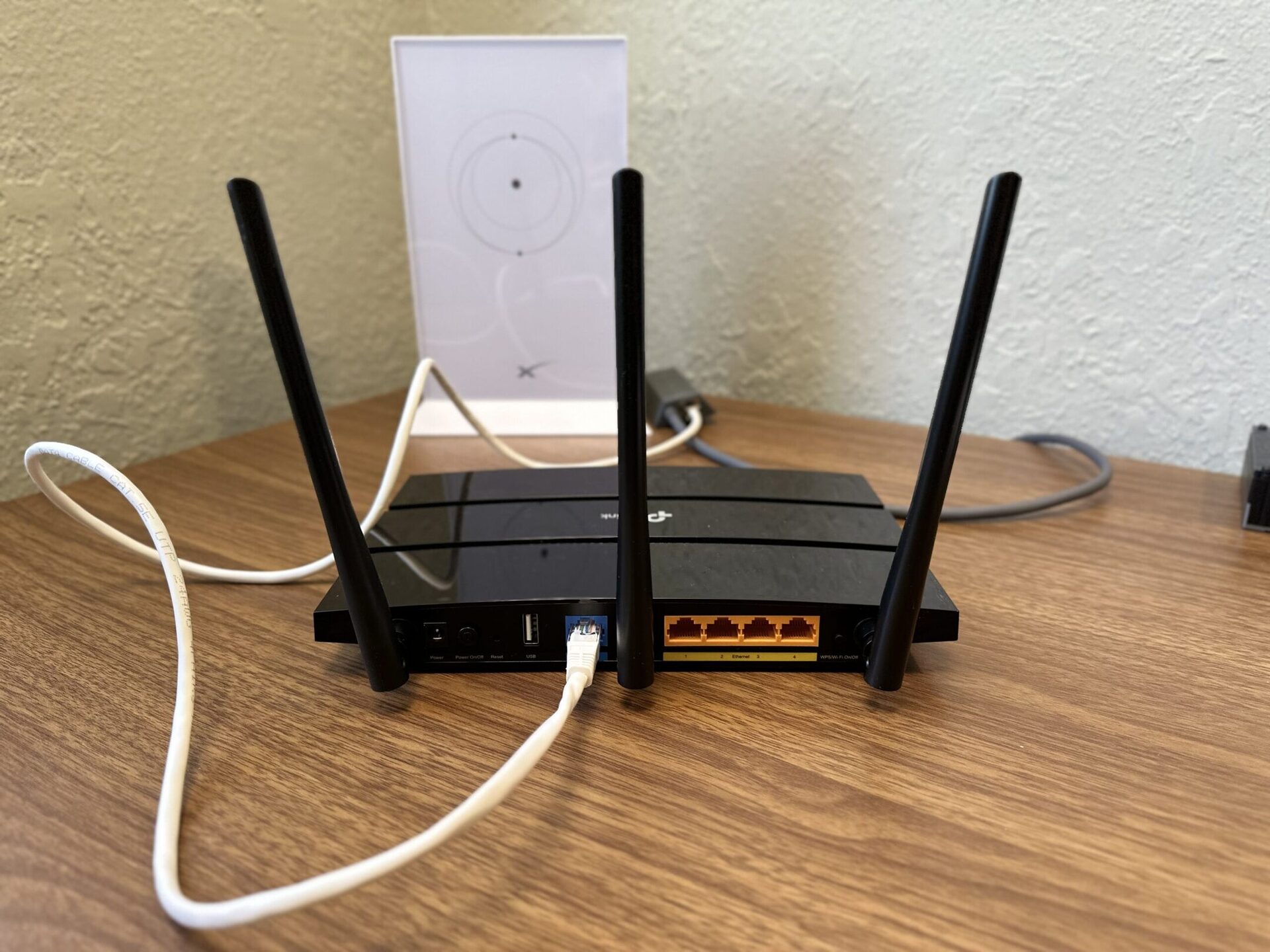

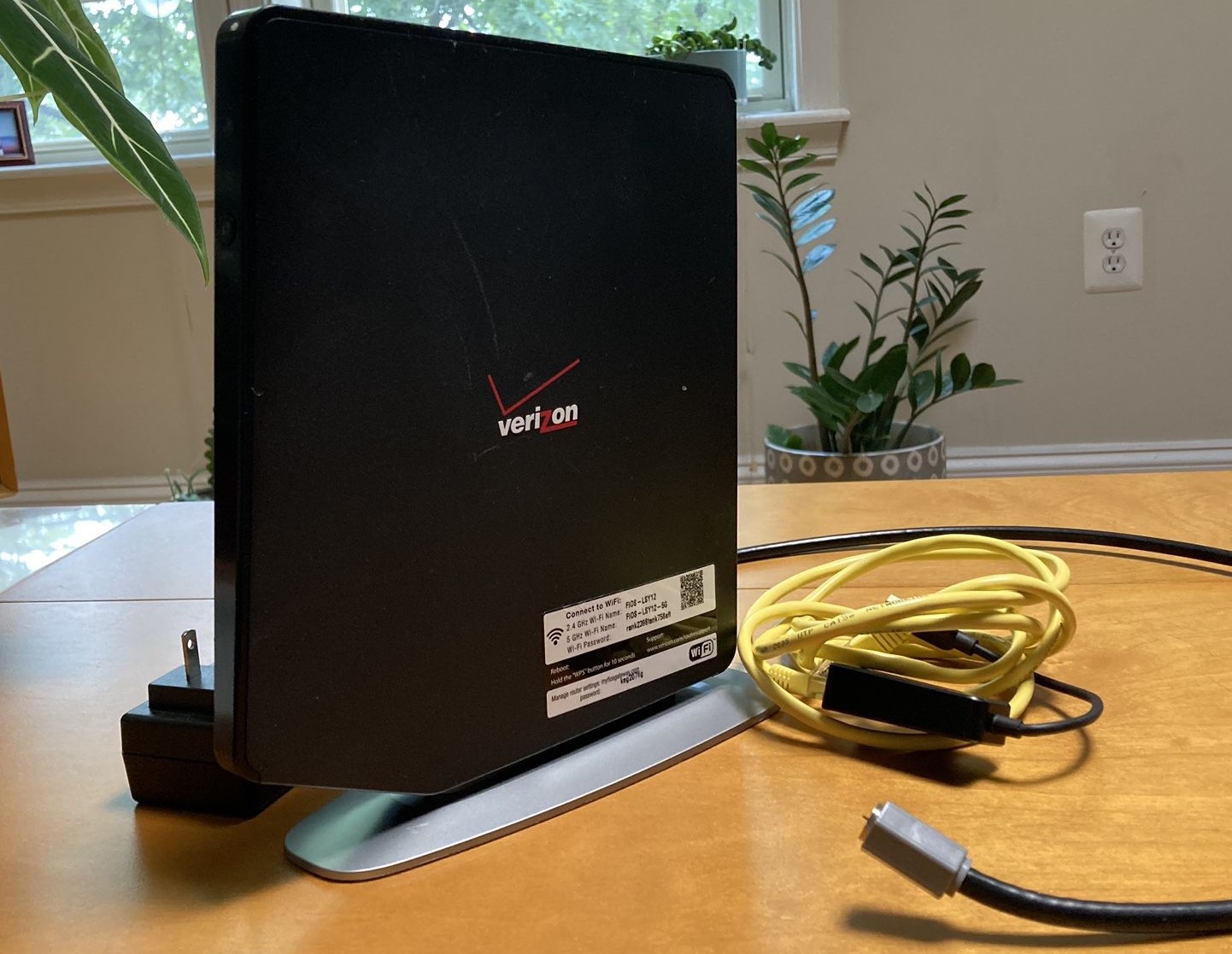
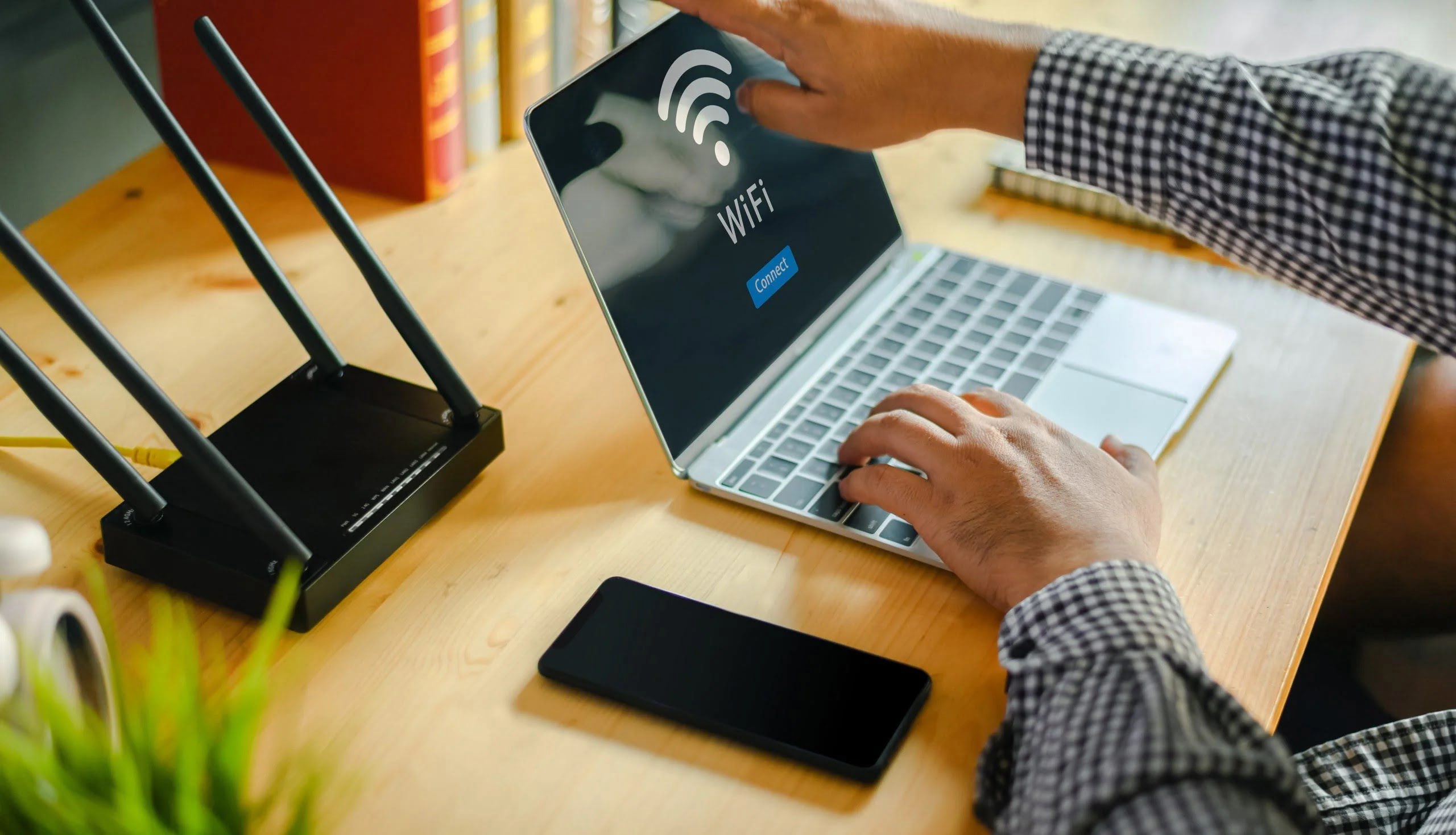
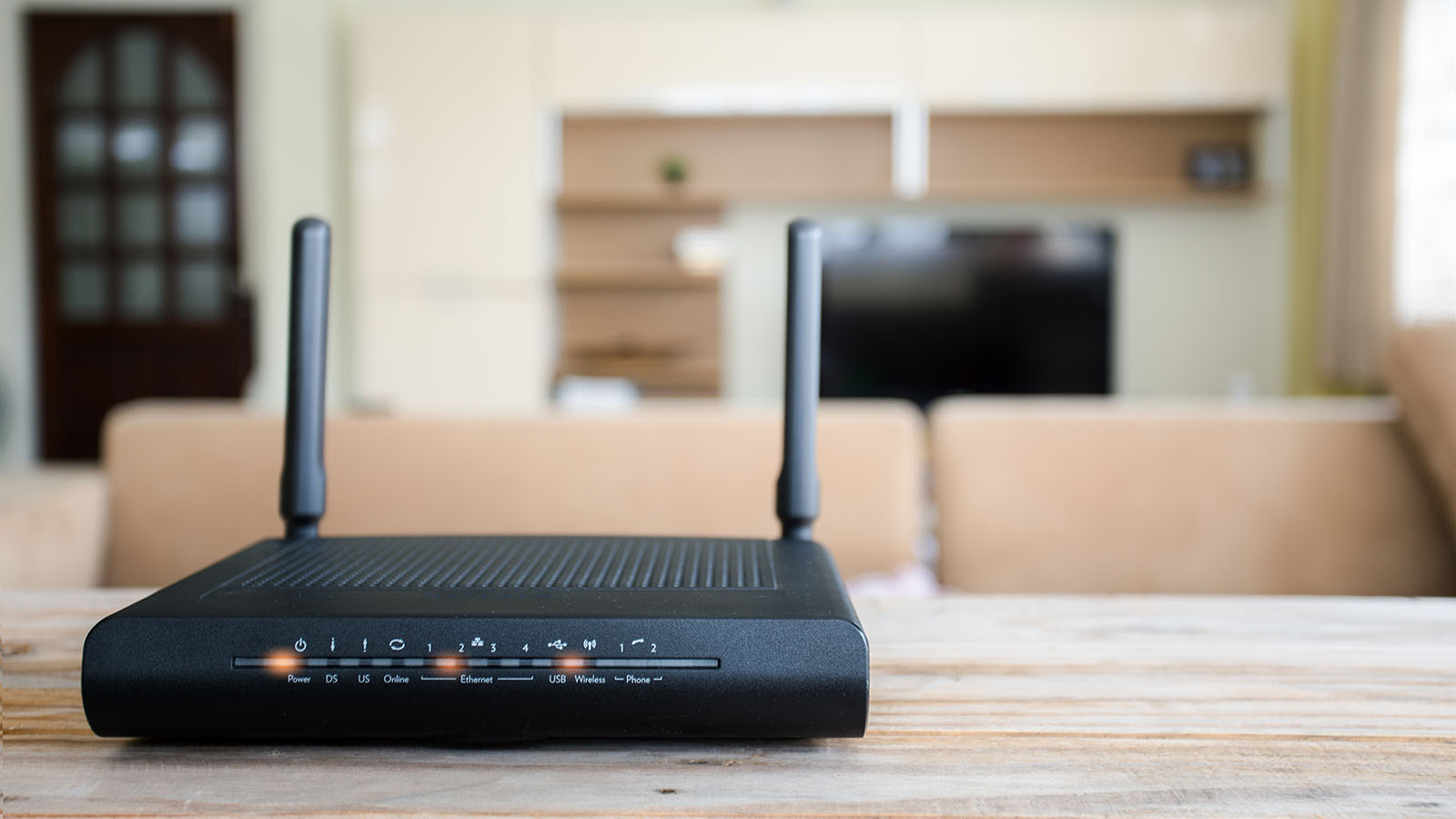


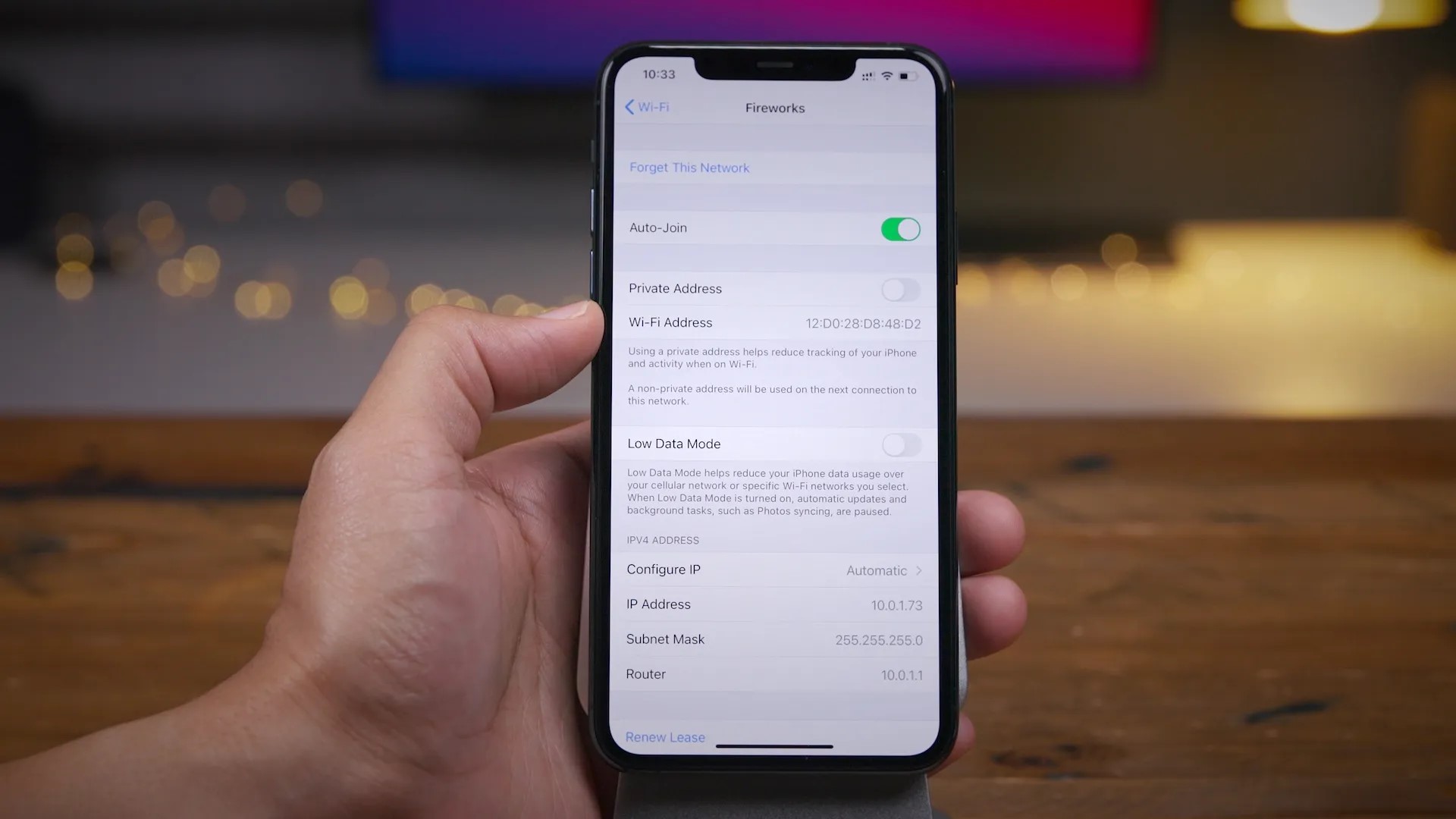
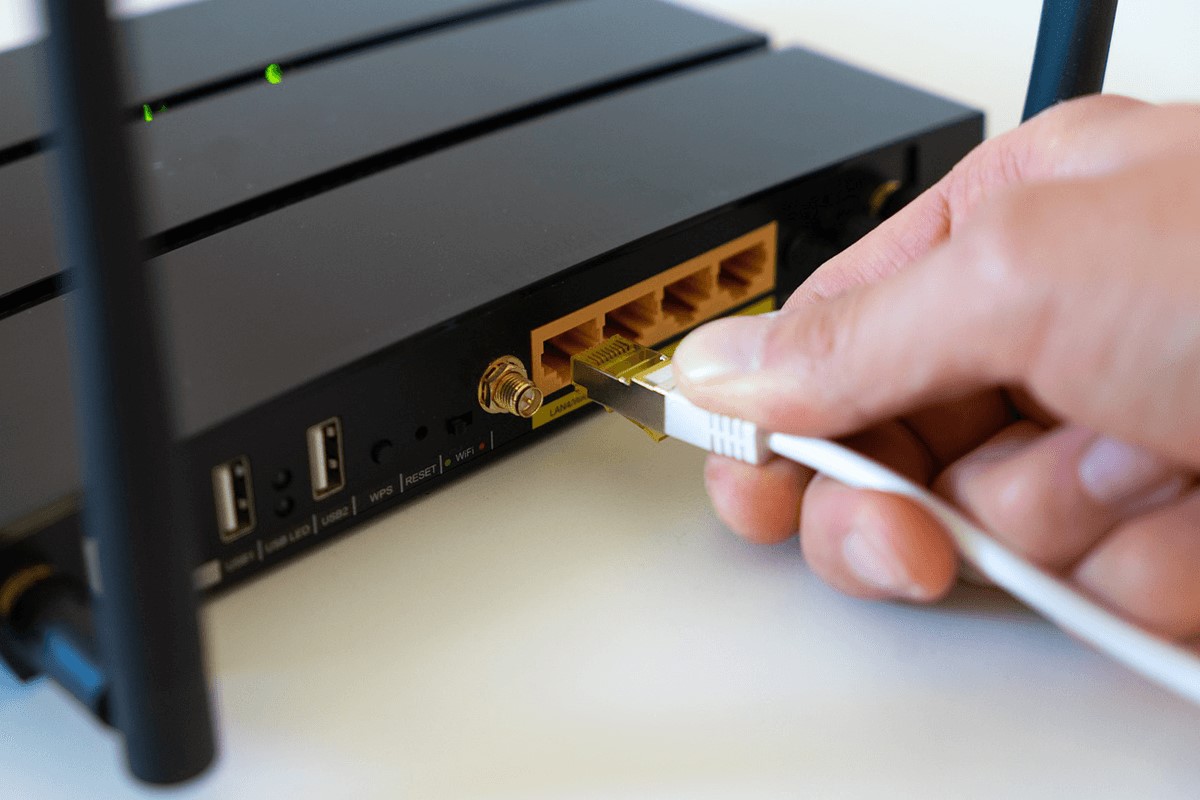
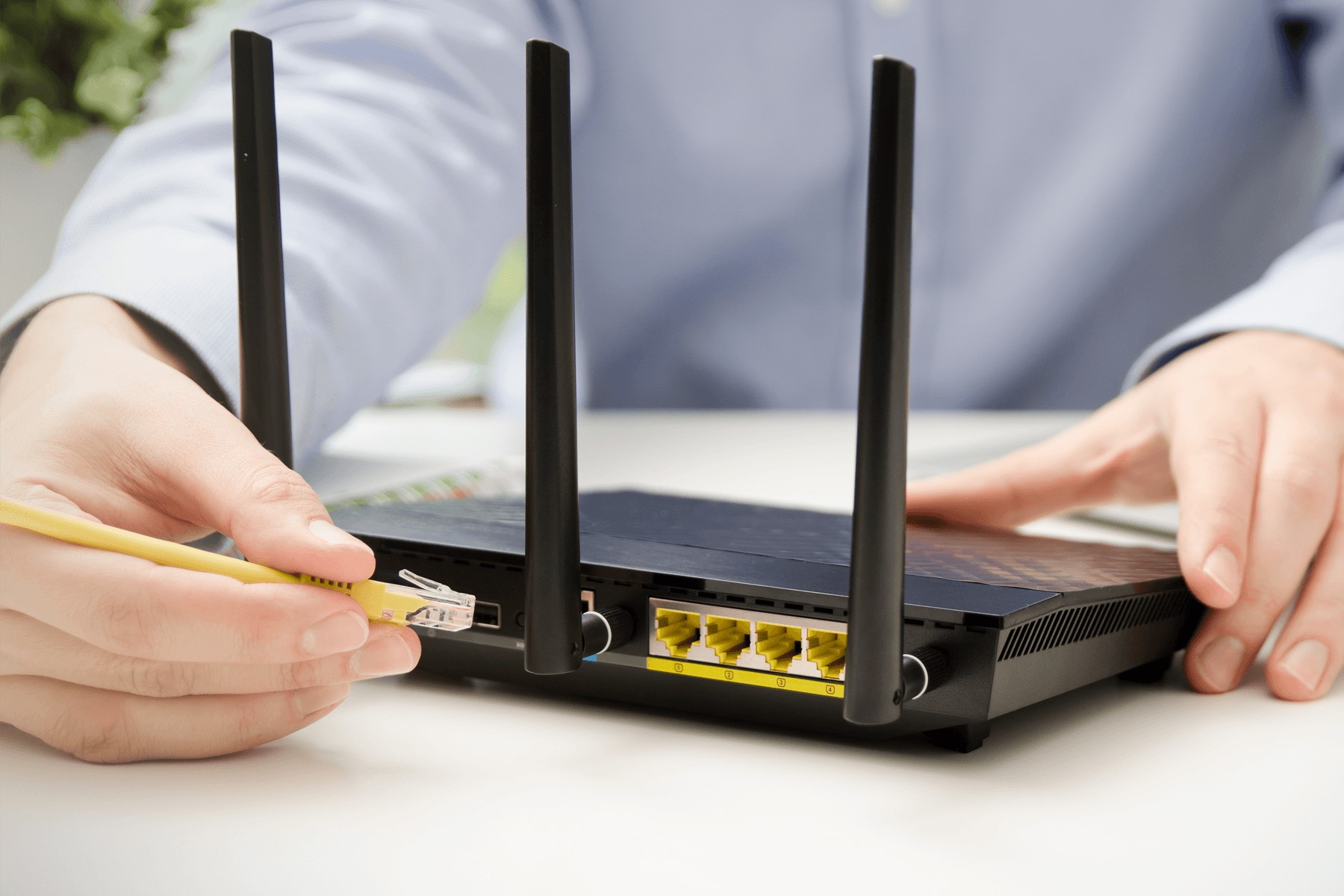

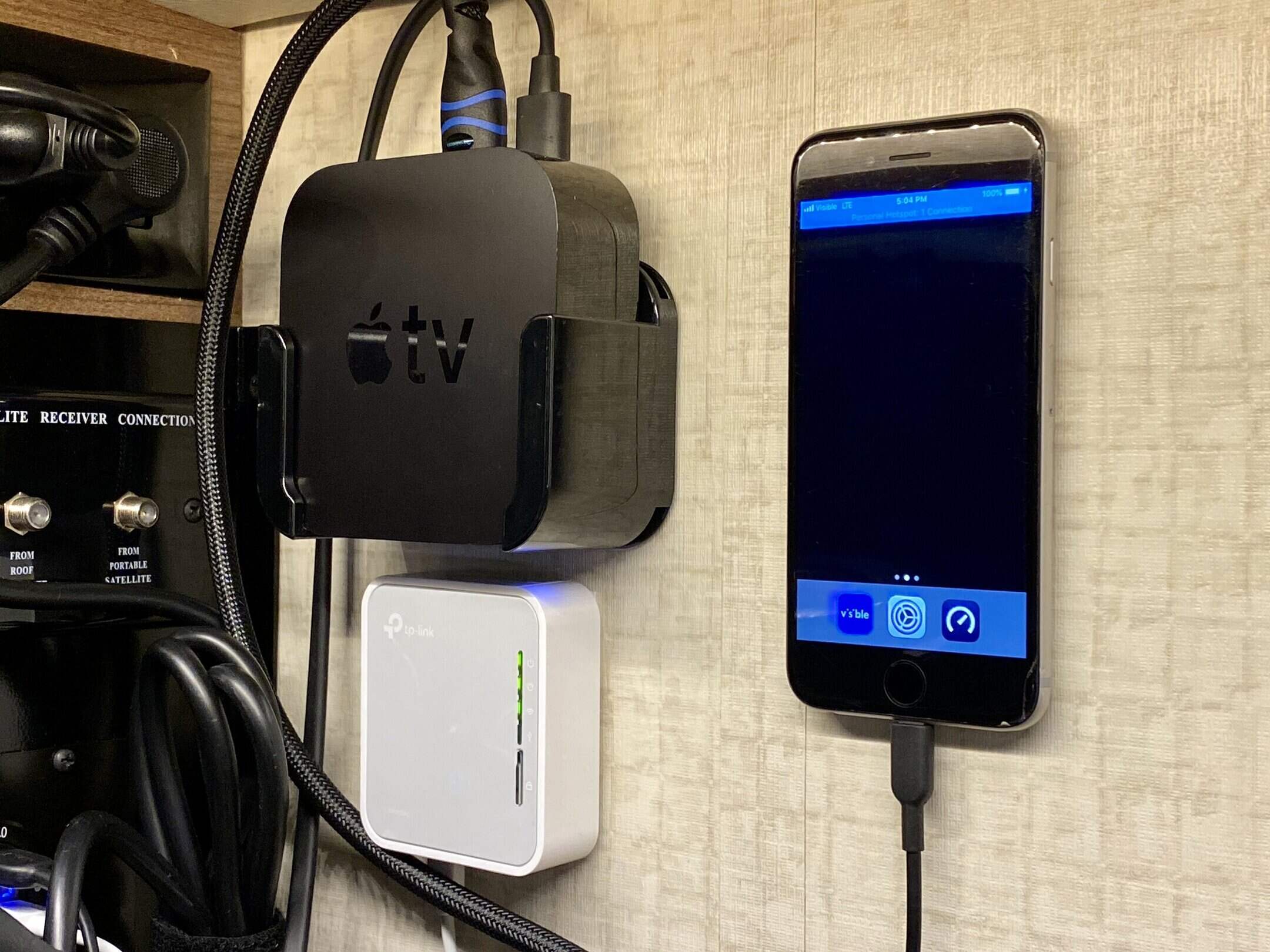
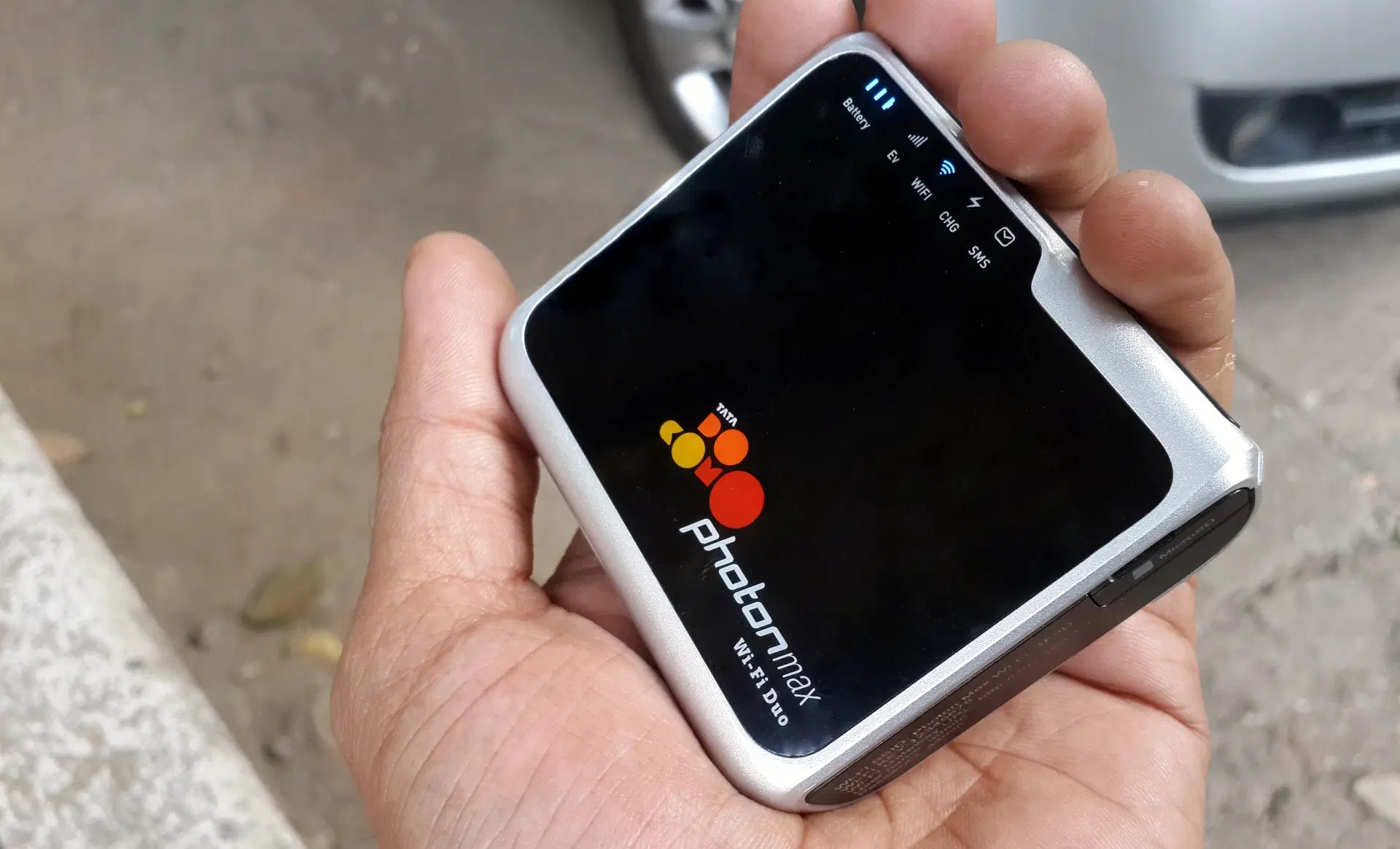

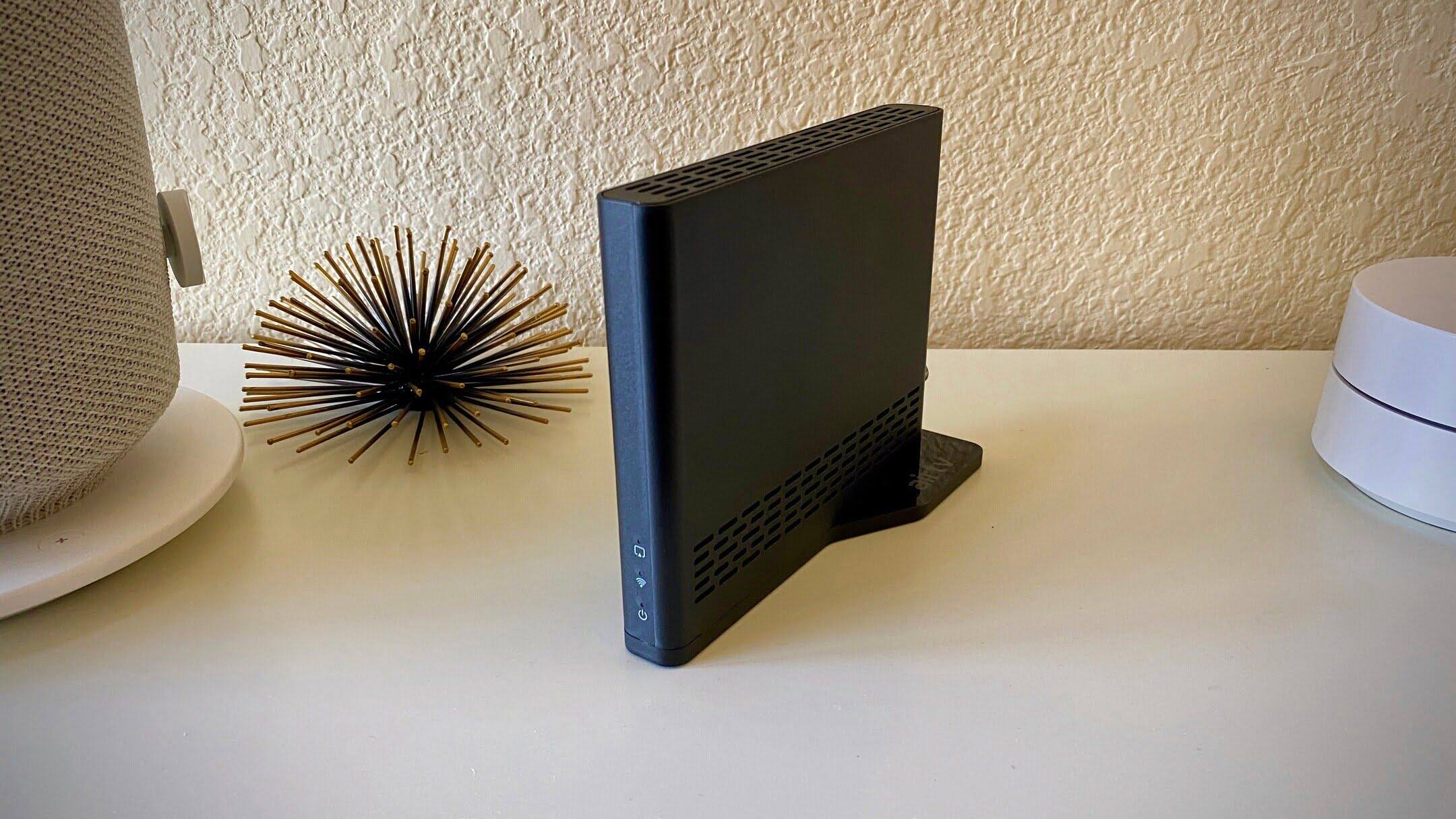

0 thoughts on “How To Connect A SIM Card To A Wi-Fi Router”